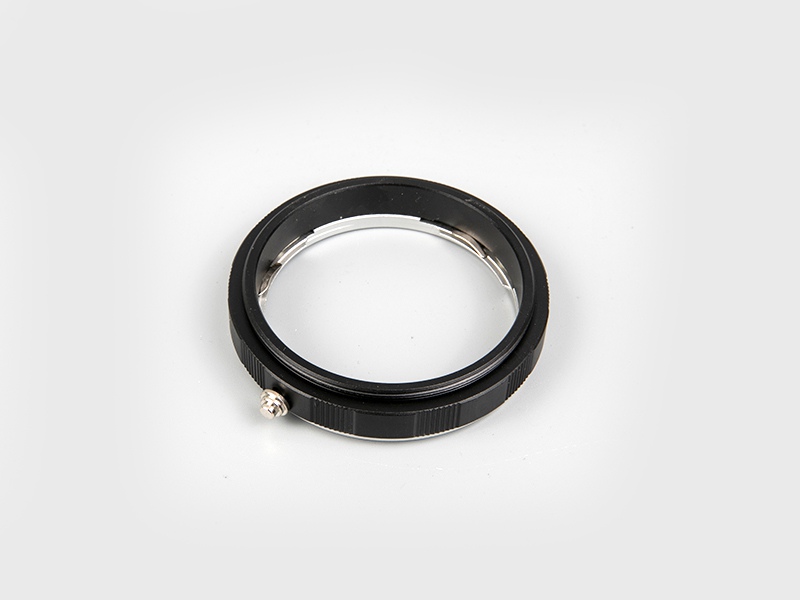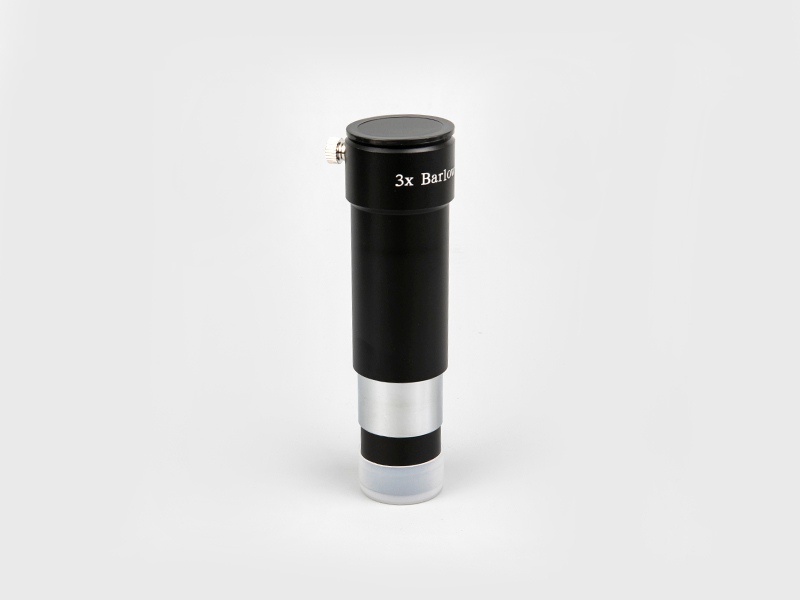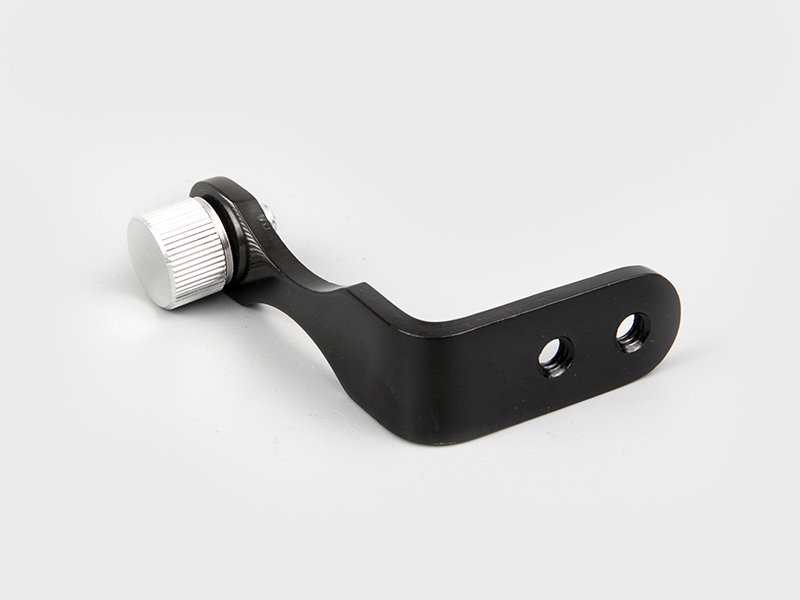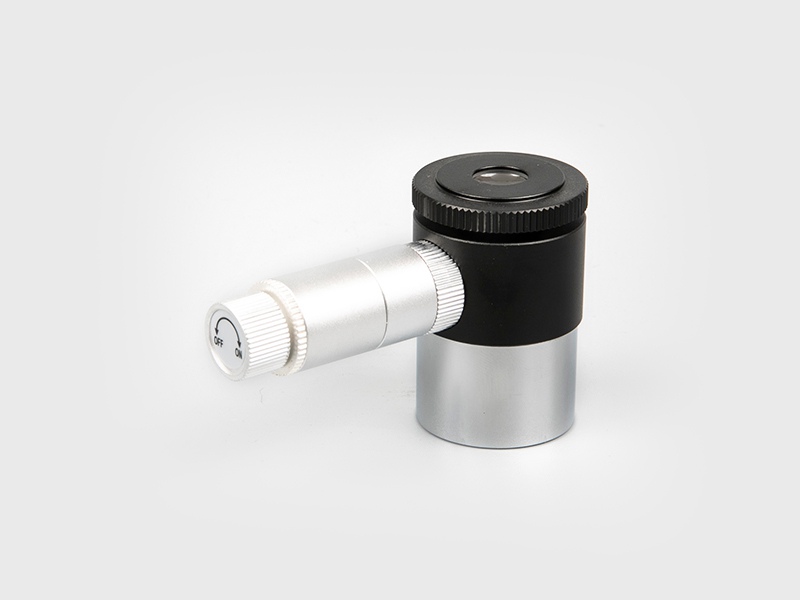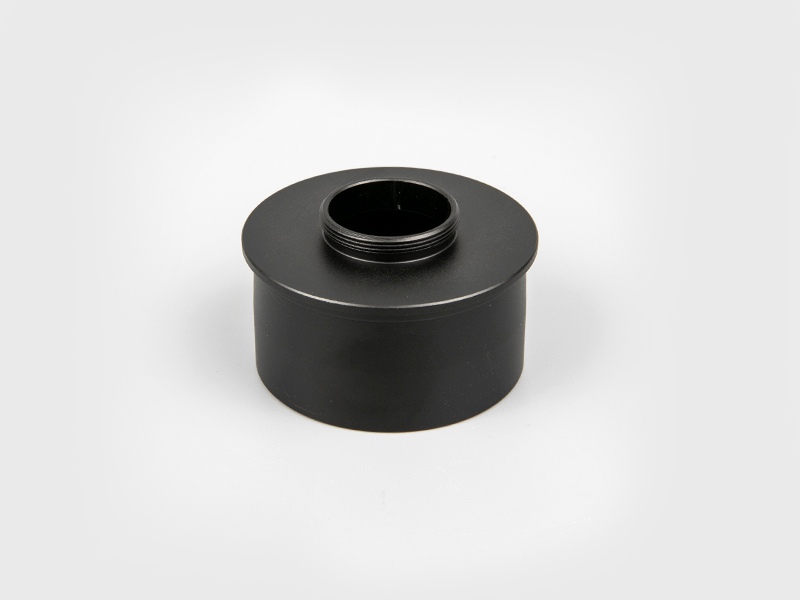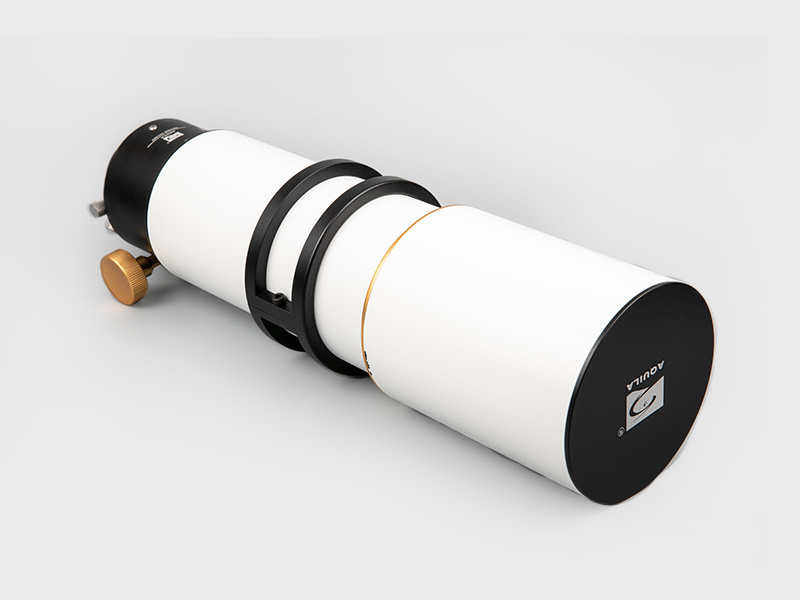A telescope is a visual optical instrument used to observe distant objects. It can magnify the small opening angle of the distant object by a certain magnification, so that it has a larger opening angle in the image space, so that it cannot be seen clearly with the naked eye. The resolved objects become clear and discernible. Therefore, the telescope is an indispensable tool in astronomy and ground observation. It is an optical system that keeps the incident parallel light beams parallel and exits through the objective lens and eyepiece. According to the principle of the telescope, it is generally divided into three kind.
1. A refracting telescope is a telescope that uses a lens as a lens. It is divided into two types: the Galilean telescope with a concave lens as the eyepiece; the Kepler telescope with a convex lens as the eyepiece. Because the chromatic aberration and spherical aberration of the single lens objective are quite serious , Modern refracting telescopes often use two or more lens groups as crop lenses. Among them, the double-lens objective lens is the most common. It consists of a convex lens made of crown glass and a concave lens made of flint glass. , the positional chromatic aberration is completely eliminated for two specific wavelengths, and the positional chromatic aberration of the remaining wavelengths can also be weakened accordingly
When certain design conditions are met, spherical aberration and coma aberration can also be eliminated. Due to the influence of residual chromatic aberration and other aberrations, the relative aperture of the dual-lens objective lens is small, generally 1/15-1/20, and rarely greater than 1/1/20. 7. The available field of view is not large. The double-lens objective lens with an aperture of less than 8 cm can glue two lenses together, called a double-cemented objective lens, and a double-separated objective lens with a certain gap left uncemented. In order to increase the relative aperture and viewing angle For the Galilean telescope, the structure is very simple, and the light energy loss is small. The lens barrel is short and very light. It also forms a positive image, but the magnification is small and the field of view is narrow. It is generally used in theater mirrors and toy telescopes. . For Kepler telescopes, it is necessary to add a prism group or lens group behind the objective lens to convert the image, so that the eye observes a positive image. The general refractor telescope adopts the Kepler structure. Due to the imaging quality ratio of the refracting telescope The reflecting telescope is good, has a large field of view, is easy to use, and is easy to maintain. Small and medium-sized astronomical telescopes and many special instruments mostly use refraction systems, but large-scale refracting telescopes are much more difficult to manufacture than reflecting telescopes, because it is very difficult to smelt large-diameter high-quality lenses. And there is the problem of glass's absorption of light, so large-diameter telescopes use reflective type
2. Reflecting telescopes are telescopes that use concave mirrors as mirrors. They can be divided into Newtonian telescopes
Cassegrain telescope
The main advantage of the reflecting telescope is that there is no chromatic aberration. When the objective lens adopts a parabolic surface, spherical aberration can also be eliminated. However, in order to reduce the influence of other aberrations, the available field of view is small. It is required to have a small expansion coefficient, small stress and easy grinding. The polished mirror is generally coated with an aluminum film on the surface. The reflectivity of the aluminum film in the 2000-9000 angstrom band is greater than 80%, so in addition to the optical band, Reflecting telescopes are also suitable for research in the near-infrared and near-ultraviolet bands. The relative aperture of the reflecting telescope can be made larger, and the relative aperture of the main focus reflecting telescope is about 1/5-1/2.5, or even larger, and in addition to Outside the Newtonian telescope, the length of the lens barrel is much shorter than the focal length of the system. In addition, only one surface of the main mirror needs to be processed, which greatly reduces the cost and the difficulty of manufacturing. Therefore, the current optical telescopes with an aperture larger than 1.34 meters are all reflective. Telescope. A reflecting telescope with a larger diameter can obtain the main focus system (or Newton system), Cassegrain system and folding axis system by changing different secondary mirrors. In this way, a telescope can obtain several different Relative aperture and field of view. Reflecting telescopes are mainly used for astrophysical work.
3. Catadioptric telescopes are based on spherical mirrors and add refractive elements for correcting aberrations, which can avoid difficult large-scale aspherical processing and obtain good image quality. The more famous one is Schmidt telescope
It places a Schmidt correction plate at the center of the spherical mirror. It is a flat surface on one side and a slightly deformed aspheric surface on the other, so that the center part of the beam is slightly convergent and the peripheral part slightly Divergence, just to correct spherical aberration and coma. There is also a Maksutov telescope
Adding a meniscus lens in front of the spherical reflector, selecting the appropriate parameters and position of the meniscus lens, can correct spherical aberration and coma at the same time. Nunn camera, etc. In catadioptric telescopes, the image is formed by a mirror, and the refractor is used to correct aberrations. It is characterized by a large relative aperture (even greater than 1), strong light power, wide field of view, and excellent image quality. .Suitable for sky survey photography and observation of nebulae, comets, meteors and other celestial bodies. If the small visual telescope adopts the catadioptric Cassegrain system, the lens barrel can be very short.

 English
English 日本語
日本語 Deutsche
Deutsche España
España
